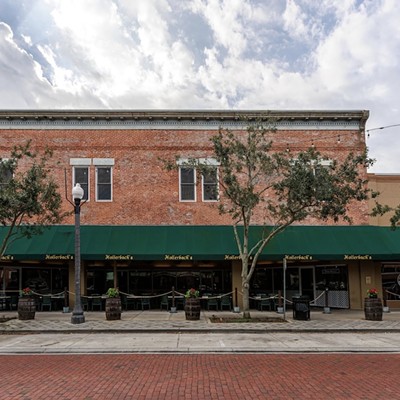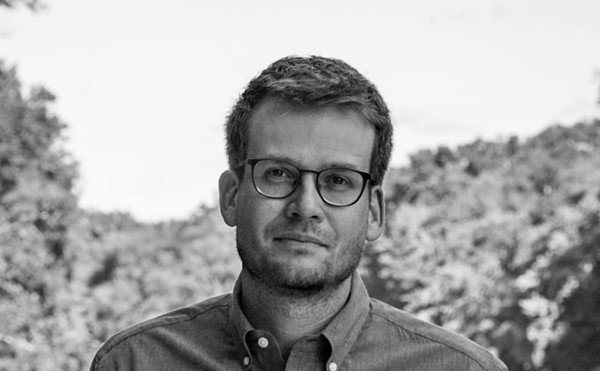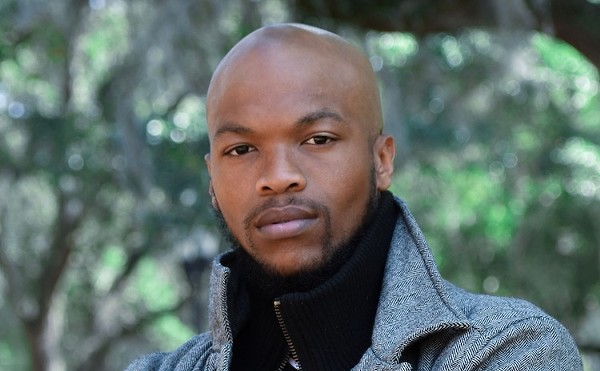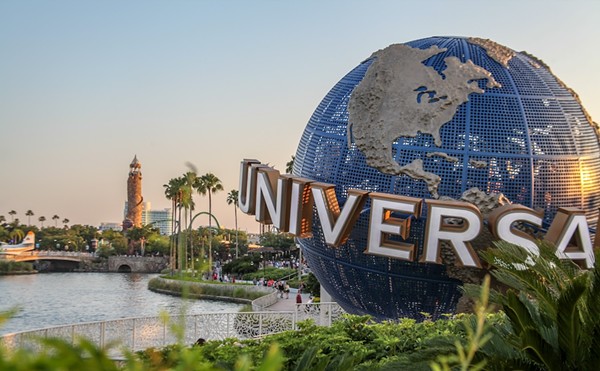The architectural jambalaya of downtown Orlando still has a few spicy shrimp floating in its otherwise bland stew of stucco. One of these has always been the American Federal Building, colloquially referred to as the Round Building, at the corner of Orange Avenue and South Street just across from the baleful glare of City Hall. Succumbing to the wrecking ball in September, this quirky building with its zippy concrete ruffle will vanish, making way for a future component of the Dr. Phillips Center for the Performing Arts. In a gesture toward preservation, the city of Orlando will store the precast concrete pieces until funds – and consensus – for reuse can be found. It’s another sort of sideways victory for preservationism in this town where nothing is sacred.
In a brief interview with Tim Ackert, project director of the Orlando Venues, he explained to me how it will go down. “First, they [the precast concrete pieces] need to be braced due to their fragile construction before they are moved. Then they will be lifted up off their clipped connections and transported to one of the City yards for horizontal storage,” Ackert says. “We anticipate removal to begin early September.” The fact that the city has agreed to save them while the rest of the building goes to a landfill is a tribute to the colorful history of this magnificent brise-soleil.
Designed in 1963 by Orlando architects Bob Murphy and Frank Sheehy, the American Federal Building was constructed by Jack Jennings, a local general contractor who is still prominent in Orlando. Local architecture lovers first realized it was doomed in the 2008 flurry of excitement about the Dr. Phillips Center, when detailed plans for the performing arts campus were revealed. Midcentury design enthusiasts the Nils M. Schweizer Fellows sponsored a design competition to envision creative reuse, which resulted in a winner – a plan for a giant sundial – but no funding.
One of the more interesting reuse proposals, by local architect Tim Lemons, unwrapped the thing and draped it over sculptural supports, like a slightly crazed sculptural version of New York’s High Line, in Z.L. Riley Park. Called “Boundaries Into Bridges,” Lemons’ idea was to create a significant piece of public art “bridging space, time and communities by creating an interactive stage for gathering, learning and culture.” As a gesture toward Parramore, it implied a bridge, a link, a connection between the two sides of Orlando.
But, like most of the ideals of the 1960s, the open, bold experimentalism of both the original brise-soleil and Lemons’ vision of a possible future seem ages away. The Round Building will live on in photographs while its disassembled exoskeleton rests in a government warehouse. Meanwhile, DPAC’s dramatic architecture won’t have any competition on the new public plaza, even though the two buildings would have complemented each other. We remain hopeful that what goes in the Round Building’s place will have some sizzle and spice to keep downtown Orlando interesting.


















